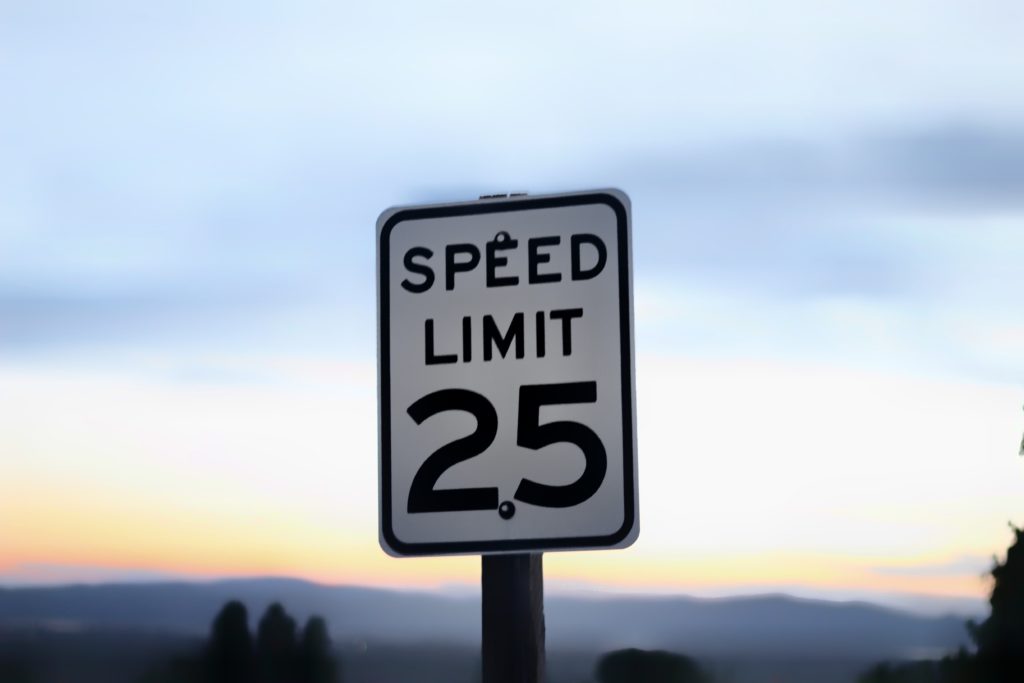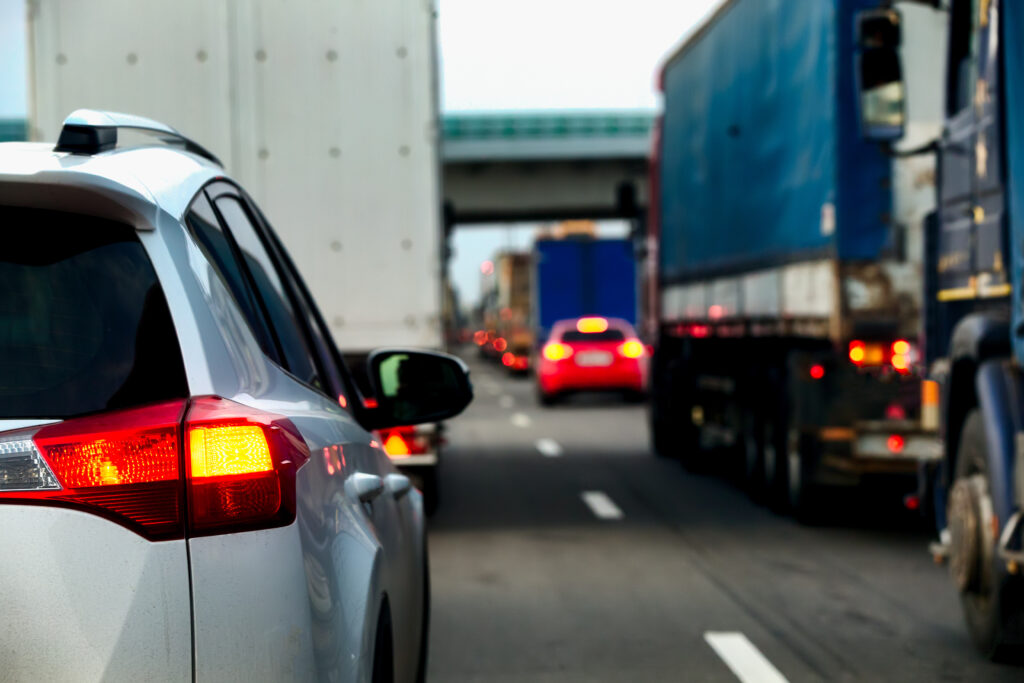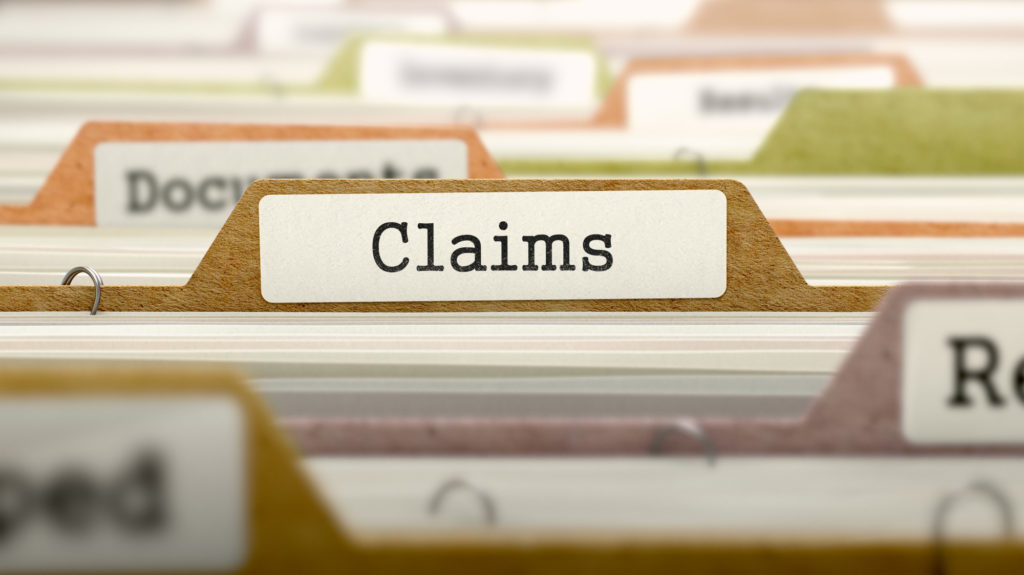California Car Accident
California has the highest number of fatal car accidents in the US every year. More than 3,300 California residents die due to an accident every year, which is five times the national average.
Multiple injuries or deaths may result from the same accident. In 2019 there were 3,316 fatal accidents resulting in 3,606 deaths. In addition, California car accident statistics show that 55% of those crashes involve drunk driving and speeding.
When driving in California, you need to know the rules and driver obligations. Drivers have a duty of care to operate their vehicles in a careful, prudent manner. They must obey traffic laws, watch road conditions, and be aware of pedestrians, bicycles, motorcycles, and other hazards.
If an accident happens, the person at fault will receive a citation for not operating their vehicle correctly. If the accident results in personal injury, the person at fault may be the subject of a personal injury lawsuit for negligence. Here are the California laws all drivers must be knowledgeable about.
Speed Limits to Avoid a California car accident
California law mandates you may not drive faster than is safe for road conditions. When determining a safe speed, consider:
- The number of other vehicles on the road
- The speed other cars are driving
- The state of road surfaces—smooth, gravely, rough, wet, slick, narrow, wide, dry
- If bicyclists or pedestrians are using the roadway
- Conditions affecting visibility—rain, fog, snow, wind, dust, driving into bright sunlight
If no speed limit is posted, the maximum speed in business and residential districts is 25 mph, on two-lane undivided highways, 55 mph, and on highways or interstates, 65-70 mph.
When you are within 500 to 1,000 feet of a school with children outside or crossing the street, the speed limit is 25 mph unless otherwise posted.
The speed limit is 10 mph when passing a streetcar, trolley, or bus. This applies to the safety zone where the vehicle stops for passengers to get on or disembark.
When approaching a blind intersection where there are no signs at the corner and you cannot see for 100 feet in either direction, the speed limit is 15 mph. The speed limit in an alley is always 15 mph.
The speed limit is 15 mph when within 100 feet of a railroad crossing where the tracks are not visible for 400 feet in both directions. If the railroad crossing has gates, a warning signal, or a flagman, you may drive faster than 15 mph.
School Buses
You must stop when a school bus has its red lights flashing according to code CVC § 22454. Even if the red lights stop flashing, proceed with caution, ensuring all children are safely off the roadway. Failing to stop may result in fines of up to $1,000 and suspension of your driver’s license for one year.
Pedestrians
Pedestrians have specific rights and duties when walking near roadways per CVC § 21950. A pedestrian is anyone walking, on roller skates, riding a skateboard, or any other means of transportation that is not a bicycle. People using wheelchairs, tricycles, or quadricycles qualify as pedestrians.
When you approach a pedestrian using a crosswalk, regardless of its location or whether or not it has lights, you must exercise caution, reduce speed, and stop if necessary to ensure that person’s safety. Allow extra time for older people, those with disabilities, or who have young children with them.
Be cautious and mindful of blind pedestrians. They often use the sound of an engine to warn them that a vehicle is near. There will not be any engine noise if you drive an electronic car, so be especially cautious when driving near crosswalks. Otherwise, a California car accident can occur.
Roundabouts
Roundabouts are a type of intersection that many drivers find intimidating and do not navigate through properly. The vehicle approaching the roundabout must yield to vehicles already in the circle.
If there are no vehicles in the circle, you do not have to stop and may proceed with your entry. Once in the loop, you are the vehicle with the right-of-way and need to keep driving to your exit point. Signals should also be utilized to inform other cars about your next maneuver in order to avoid a California car accident.
Visibility
California law requires you to use your headlights 30 minutes before sunrise and 30 minutes after sunset. You must activate your low-beam headlights if the weather requires you to use your windshield wipers.
When driving with high beams on a two-lane highway, don’t forget to switch to low-beam when you see an oncoming vehicle.
Entering a Highway
Failure to yield is a common cause of car accidents. California law addresses this problem in California Vehicle Code §21800. The state operates on a doctrine of preemption. This means the driver entering a highway needs to exercise proper caution and yield to oncoming traffic.
A driver may proceed once they can safely enter without disrupting traffic. After the vehicle begins entering the roadway, other drivers on the highway must yield to the entering vehicle.
Mountain Road Driving
When driving on a steep, single-lane road with two-way traffic, the vehicle going down the mountain must yield the right-of-way to the vehicle coming uphill. If two cars meet and there is no room to pass, the vehicle moving down must back up until they can to a safe spot to pull over. This is because the person facing downhill has the greatest control when backing up.
Cell Phone Use While Driving
CVC § 23123.5 prohibits using a handheld cell phone or other communication devices. The exception is if it allows voice/hands-free operation while driving. The law does not apply to systems embedded into vehicles by manufacturers.
Accident Reporting Requirements
If you are in an accident, you must stop and see if there are any personal injuries. You must assist those in need of care and exchange information with the other driver.
California Vehicle Code §16000 requires you to use form SR-1 to report any accident that has property damage of $1,000 or more or personal injuries. You must file the report with the DMV within ten days of the accident. Your California lawyer or insurance company may report the accident to the DMV on your behalf.
Statute of Limitations
If you suffer personal injuries in an automobile accident, California Civil Code §335.1 allows you two years from the date of the accident to file a lawsuit.
If the city, county, or state is responsible for the auto accident, you can file a lawsuit against the government. When filing against a government agency, the statute of limitations is 180 days pursuant to California Government Code §911.2.
The best way to make sure you do not lose your opportunity to file a lawsuit is to hire a lawyer as soon as possible. They will determine the proper defendant(s) in a lawsuit and know the statute of limitations that applies to your case.
Hire a California Car Accident Attorney
If you are suffering injuries from a California car accident, don’t hesitate to consult with an attorney. At the Law Offices of Daniel Kim, we have a 99% success rate in getting our clients the compensation they deserve.
We handle all cases on a contingency basis, which means you pay nothing until we win. Contact us today to schedule a free consultation.




